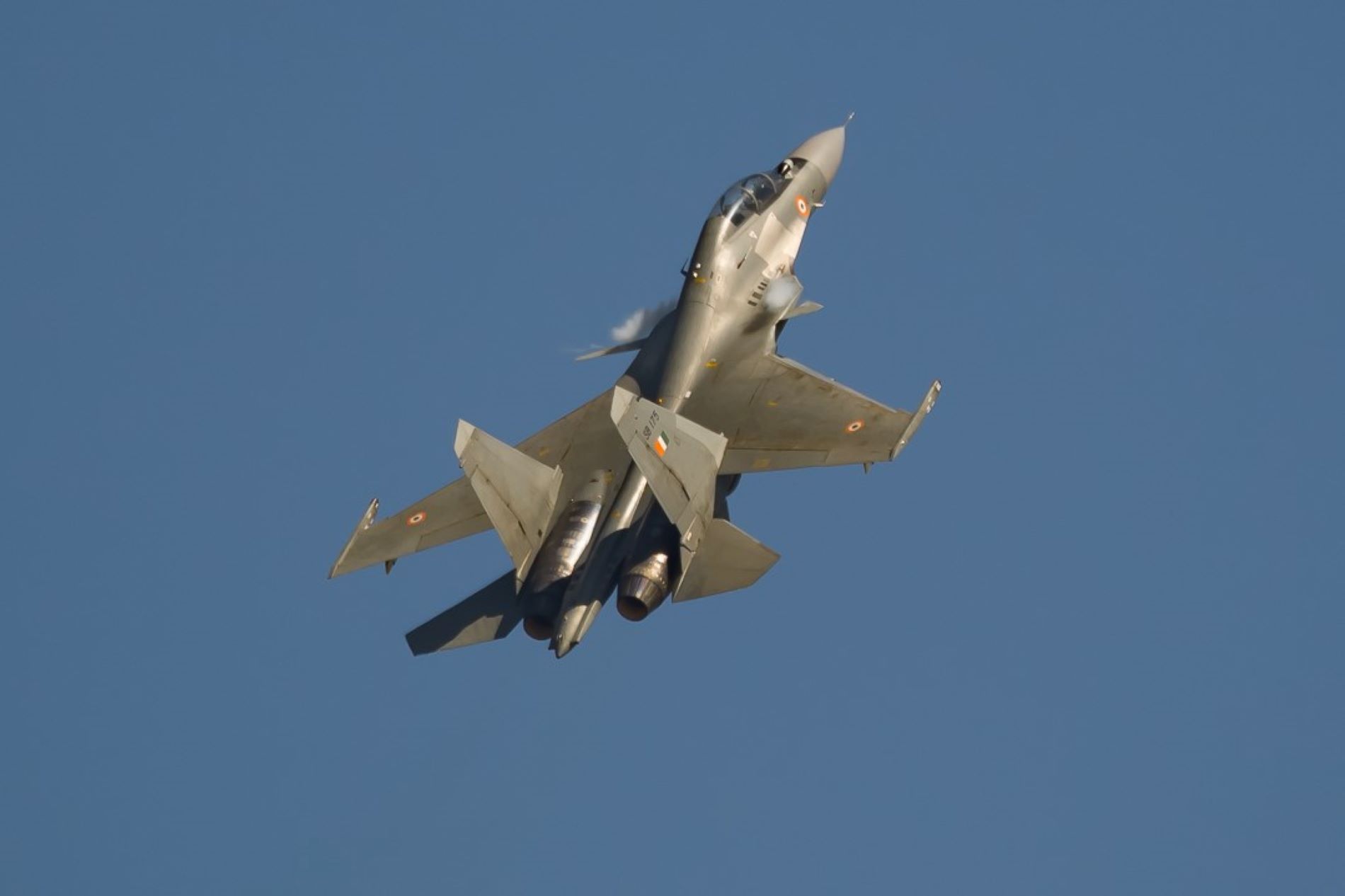The Hindustan Aeronautics Limited (HAL) has once again embarked on a significant endeavor, as it prepares to modify a Su-30 MKI aircraft for the captive trials of the Rudram 3 missile system. This particular aircraft, tail number SB 214, has a storied history of being modified and demodified for various tests, including Astra and NGRAM. The upcoming modifications will focus on enabling weapon station numbers 5 and 6 for captive trials, with the added benefit of facilitating future test firings of the missile system. After these trials, the aircraft will be demodified and reintegrated into the active service of the Indian Air Force.
Su-30 MKI: A Versatile Test Platform:
The Su-30 MKI, a formidable twin-engine air superiority fighter, has proven itself to be a versatile test bed for various Indian weapon systems. This multirole fighter jet, derived from the Sukhoi Su-27, offers an ideal platform for testing and integrating cutting-edge technologies. Its ability to carry a wide array of payloads, combined with its robust airframe and advanced avionics, makes it a prime choice for testing India’s indigenous missile systems.
Rudram 1: An Overview:
Rudram 1, the predecessor of the Rudram 3 missile system, marked a significant leap in India’s missile development. Designed for anti-radiation purposes, Rudram 1 is primarily an air-to-surface missile system. It can target and neutralize enemy radar systems, making it a valuable asset for the Indian Air Force. Rudram 1’s success has paved the way for more advanced iterations like Rudram 2 and Rudram 3.
Rudram 2: Advancing Capabilities:
Building upon the success of Rudram 1, Rudram 2 represents a more advanced iteration of India’s anti-radiation missile technology. This missile system is designed to target a wider range of enemy radar systems with enhanced precision and range. Rudram 2 promises to further bolster India’s air combat capabilities by neutralizing critical adversary radar installations.

Rudram 3: The Apex of Indian Missile Technology:
The Rudram 3 missile system is the latest marvel in India’s missile development program. This state-of-the-art weapon system is anticipated to provide the Indian Air Force with a formidable standoff strike capability. With its extended range and precision guidance, Rudram 3 is poised to become a game-changer in the regional security landscape. Its captive trials on the Su-30 MKI represent a crucial step in ensuring its effectiveness and integration into the Indian Air Force’s arsenal.


Overall, The modification of the Su-30 MKI aircraft (tail number SB 214) for the captive trials of the Rudram 3 missile system signifies India’s commitment to advancing its indigenous missile technology. This versatile aircraft, with its ability to serve as a test bed for various weapon systems, plays a pivotal role in strengthening India’s defense capabilities. As Rudram 1, Rudram 2, and Rudram 3 continue to evolve, they exemplify India’s determination to develop cutting-edge missile systems that bolster its national security and defense posture.
